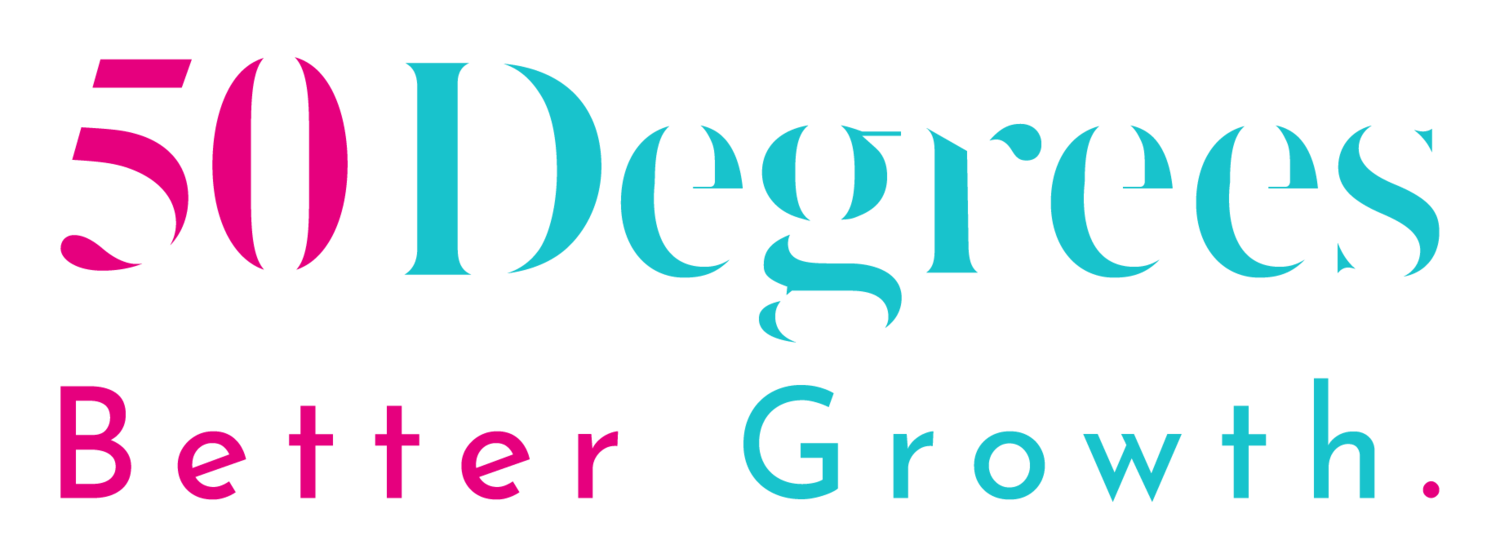It’s much more than making stuff look pretty
I’ve been doing a lot of graphics recently here at 50 Degrees. I seem to have earnt a reputation as someone creatively inclined – someone able to “make prettier” on command and design a diagram out of thin air. I’m not surprised by this – I’ve always been a creative thinker whether that’s making a wedding dress out of plastic spoons for my Art GCSE or creating some multi-layered pie charts to reflect prisoner demographics. I used to think of my more aesthetically pleasant presentation choices as a type of procrastination, but the appreciation of my skillset from everyone at 50 Degrees has led me to think I haven’t actually been wasting my time.
When I compare the research tasks I’ve delivered across my time at 50 Degrees (now almost 3 months!) – I remember much less about the bullet point notes on a Word document than I do about the more recent creative layouts I’ve been made with InDesign. I like to think this is more than just my memory playing tricks on me and that the process of transforming what I’ve researched – whether that’s legislation or statistical evidence, or just general paragraphs of texts – into a more creative display helps me understand the information. You need to really know what you’re talking about – or at least think you do until you get asked a tricky question – if you hope to visually convey it in a compelling way without words. A good graphic is one that is conscious of the meaning it displays, working with text to send a unified message. Presentation can convey relationships without words: lines connecting points reflect the interrelated nature of the points they are tied to; isolated bubbles can reflect wholly self-contained ideas; proximity can suggest items are counterparts or siblings or somehow similar despite being separate. There is a wealth of meaning that we can draw on by using graphics to convey information, beyond breaking up big blocks of text.
There is obviously a reason why bids often want a diagram somewhere in the mix – whether that’s an organogram attachment or graphics embedded in the main body of the response. The fact they can be excluded from the page count is definitely helpful – a picture can definitely say a thousand words when there are a thousand words hidden in that picture – but to be effective, you really have to key into the meaning you can express by more creative means. Using the company colours, for example, can be about more than cementing a brand identity. It personalises the response, positioning the diagram and its content as imbued with the company ethos and backed by its proven successes. Its an incredibly easy way to highlight the individuality of a company’s approach – even if it is not really that revolutionary. Similarly, an arrow can be used not only to convey a transition in a fluid process, but to control the eye of the viewer and draw their attention to key messages.
So when I’m asked to “make prettier”, I like to think I’m doing something more than just making stuff look nice.
Lucy Figini
